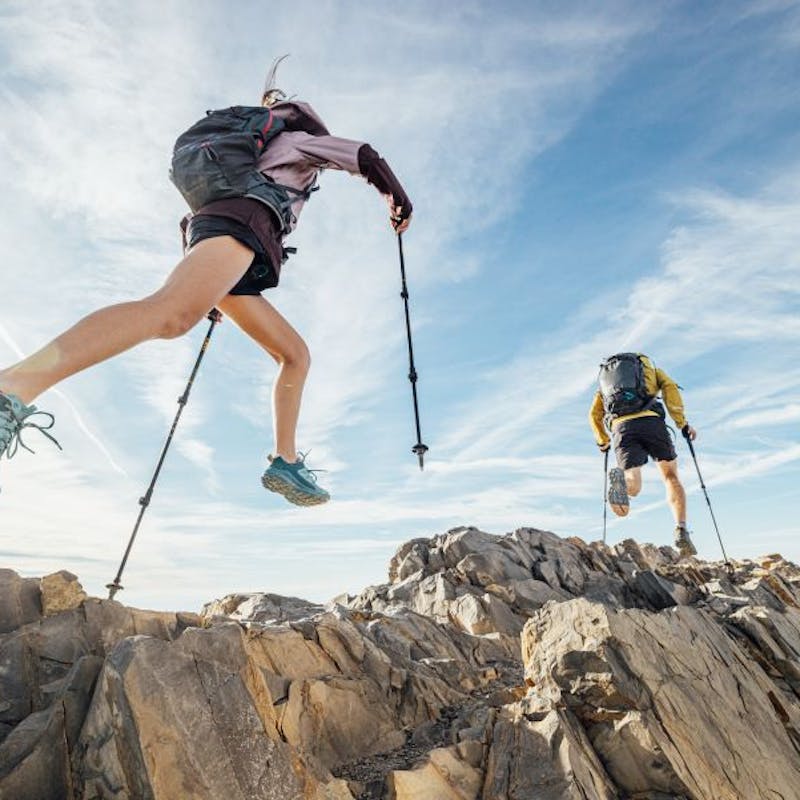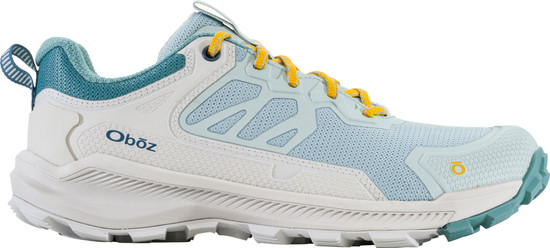Our Oboz expert advice on what makes the perfect shoe for YOU
Proper footwear is key to any successful adventure. Choosing the right hiking boot, running shoe, or everyday footwear may seem almost as challenging as the hike itself. Peter Carioscia has 20 years of experience in fitting shoes and he's here to take the stress out of your next footwear purchase. Our fitting is centered around educating our customers and dealers on where each Oboz style performs best. It's our goal to find the shoe that fits your lifestyle and needs. Here are his five tips to find your best fit.
1. Getting your feet measured.
It's common to go years without re-measuring your foot, however, correct measurements are key to a good fit. Head to your local Oboz retailer for a sizing, or get your hands on a Brannock device to learn your size. These professionals will properly measure your foot to ensure that the shoe you choose is flexing with your foot, doesn't lift at the heel, and has no pressure points. Our feet change over time; injury, gravity, and life result in altered fit. If you're looking for a new shoe and haven't been measured in the last year, it's time to head to your local shop.
Arch length (the distance from the heel to the metatarsal head) is probably the most important measurement to learn. It is also the most likely to change over time. You'll need your arch length to determine where your foot flexes. Most running and hiking shoes are built with an engineered flex point in the shoe. Ideally, you want your own flex point to line up with that of the shoe.
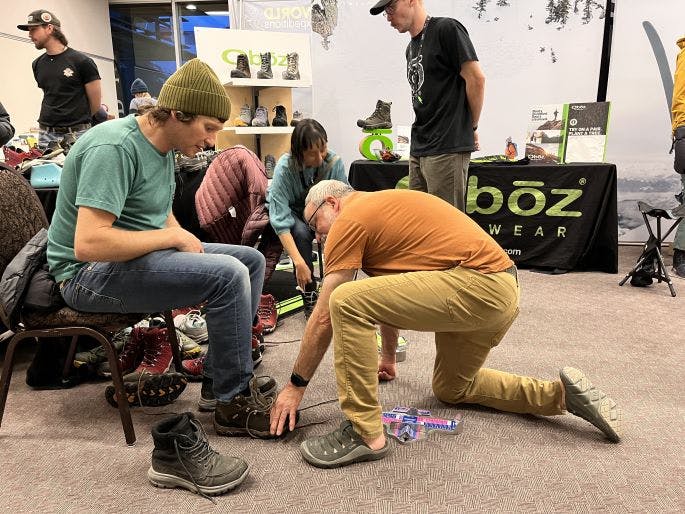
2. Choose the shoe that works for you.
While it's easy to get caught up in what's trendy, the perfect shoe for you meets your individual needs. Most shoe brands have a basic "DNA" that makes their "fit" their own. This DNA means the shoe volume, support, and shape. Within each brand there will be variety in their DNA. When it comes to picking a style within the Oboz lineup we highly recommend getting sized and advised by your local retailer. You can also check out our online shoe finder to narrow down styles that will best fit your needs.
Now, you may be asking "what makes up the Oboz DNA?". According to peter; "The Oboz DNA is a narrower heel, a sculpted mid-foot and a wider forefoot. You will find that shape to all our shoe lasts*. Of course, there will be slight variations in volume and fit from style to style, but you can count on that V shape of our shoe last."
*A last is a form made from various materials like wood, iron and plastics that is shaped like a human foot.
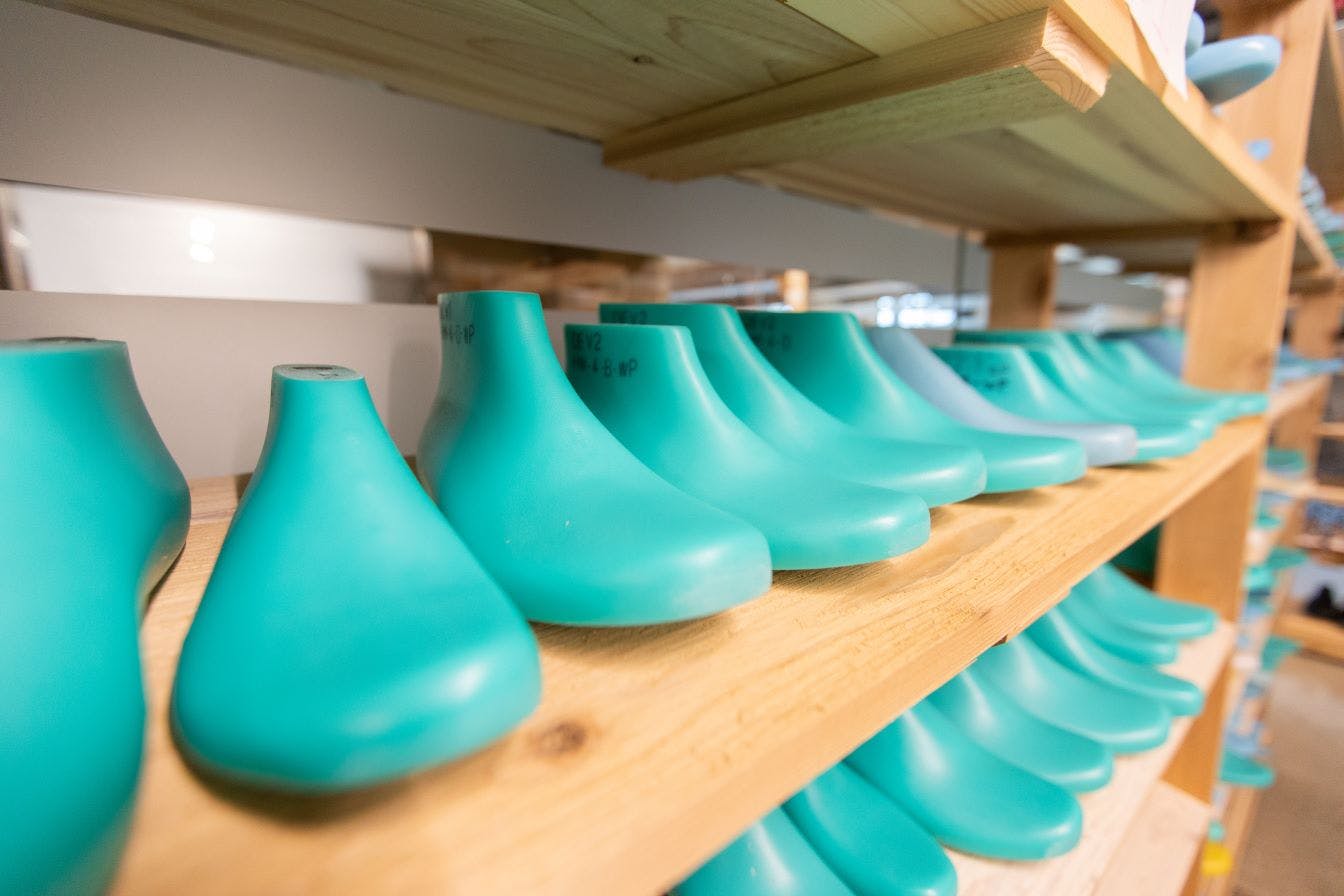
3. What the "right" fit feels like.
Let’s say you have a size 9 foot (measured heel to toe), but your arch length is an 11 because you have short toes, or a flattened arch. You will fit in the size 9, but your foot is flexing (or wants to flex) further up in the shoe. By choosing a slightly larger size your foot can flex properly in the shoe and support your arch. A sign that your shoe isn't fitting correctly is the wear on the back pocket of your shoe. According to Peter, most brands prioritize quality material in this area. If you're noticing wear on the heel it is likely due to an improper fit rather than shoddy workmanship. Sizing up, you'll find that the heel slip will crease and the foot isn't working as hard to flex the shoe.
When it comes to sizing a good rule of thumb is to split the difference between length and arch length. In the above example Peter recommends starting with a size 10 and working up from there. According to Peter "Most people are only a half size different in arch length. In that case, if you are a 9 length with a 9.5 arch length, I would just go with the 9.5."
Room at the front of your shoe isn't always a bad sign. A thumb's width between the end of your longest toe and the wall of the shoe box can still mean a good fit. You shouldn't feel any contact whatsoever in the front end of the shoe. When hiking or running downhill your foot will naturally move towards the front of the shoe. For this reason, it's important to ensure your toes have room to avoid the dreaded blackened or lost toenail.
Your foot should be held snugly in place without being too tight in the middle. Your heel should be securely held in place with no lifting or slipping side to side. One way to make sure your shoes will fit properly is to utilize the rock ramp at your local retailer. An alternative to this is stairs or a quick walk up a hill should the shop allow it. This test will ensure that the fit holds up to even the biggest trail adventures.
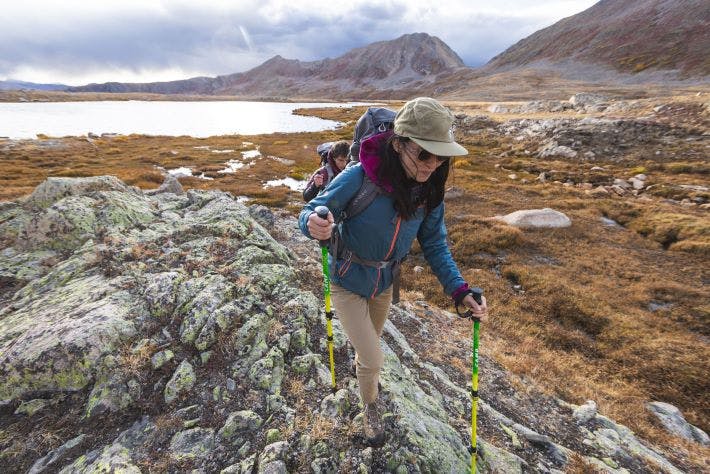
4. Account for width.
It's easy to size up your shoe to account for wider feet and toes. Unfortunately, this method will move your flex point over a part of the shoe that isn't meant to bend. This can lead to arch damage and conditions such as plantar fasciitis. An ill fitting shoe will not only be uncomfortable but can lead to injury and aches. If your shoe of choice doesn't come in the correct width for you (whether that's wide or narrow), move on to a style that properly supports your foot.
5. Match your shoe to your activity.
Not all shoes are created equally! The shoe that you run in will differ from the shoe you hike in, and even from the shoe you trail run in. Your footwear should be comfortable and supportive throughout the time of your activity. Know how much weight you'll be carrying, what terrains you'll encounter, and the distance you plan to travel. Express these requirements to your salesperson so they can match you with the right shoe. If you finish your adventure with major aches and pains it may be time to consider a different shoe style.
Another factor to consider is waterproof vs ventilated hiking shoes. Again, this decision will depend on the terrain you plan to hike in. For snowy conditions, shallow creek crossings, and rain, we recommend a shoe like the Katabatic Mid B Dry. For hot or humid conditions we recommend a ventilated shoe that will dry quickly such as the Sawtooth Low.
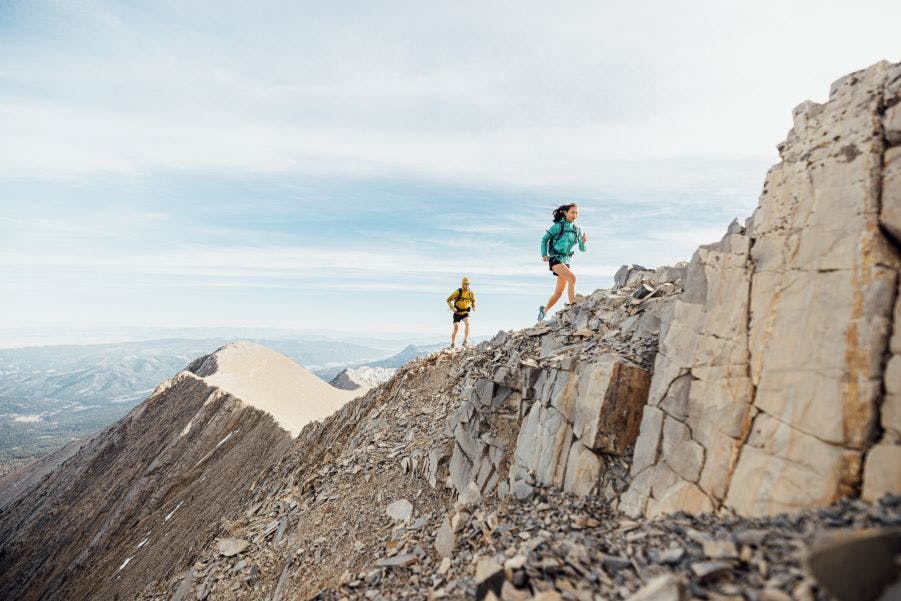
Footwear can truly make or break a hiking trip. We hope that these tips will help you narrow down your options and find the right style and size of hiking footwear for you. For regular updates on Oboz styles head to our Instagram. To learn more about fitting your shoes check out this blog post on using a Brannock Device.

